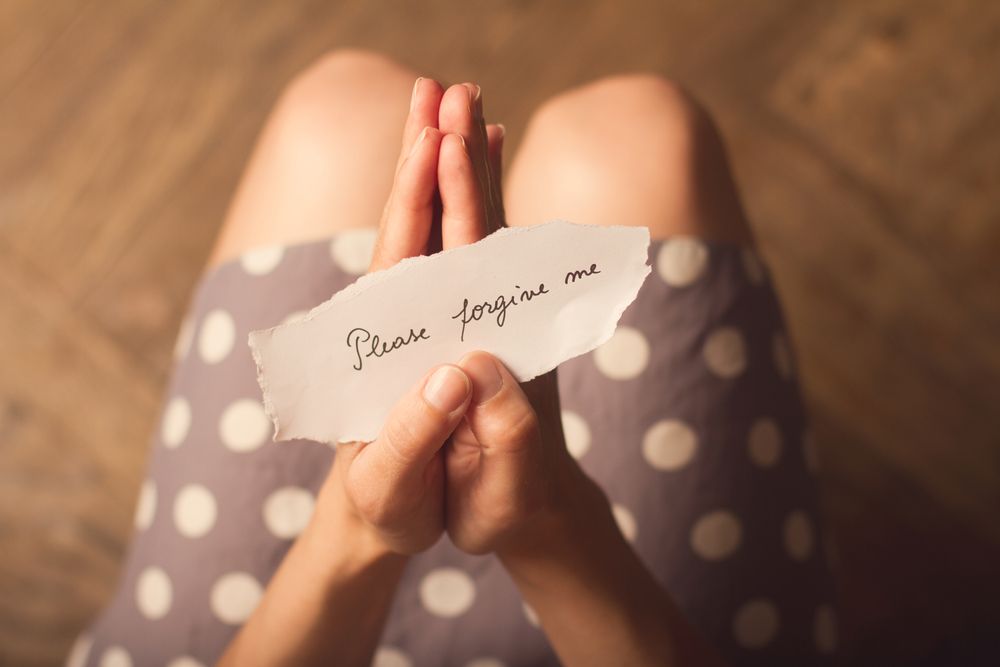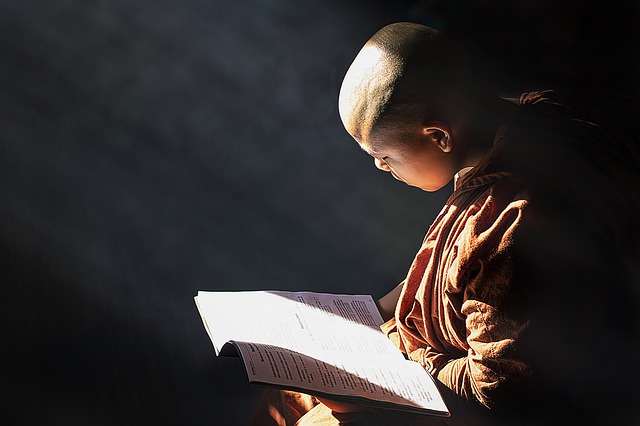The following is a series of questions from students to MC Brigitte on the practice of the Buddhist Path from a retreat in Sao Paolo from 13 to 16 of February 2021.
1. How one can exercise self-forgiveness so that one can then truly forgive and be forgiven?
First, you have to accept yourself as you are. That is what is. If you can’t accept what is, then you are always wanting something else. Wanting things to be different than they are now. You will always be wanting something in the future or in the past, thinking or hoping it will be better than now. You may think, “I was better in the past or I may improve in the future.” Both don’t make sense. Your life only happens now. This very moment is all you have. If you waste the present moment with hoping for something better in the future, you waste your only moment. So, accept what is here NOW. Accept yourself now. That’s forgiving. Not being able to forgive means you are stuck in the past. Things that have happened in the past are gone. Not here anymore and they can’t be changed. You can change the now and with that you can change the future. This is the same for you and for everyone else.
2. How to deal with a kind but lazy person at work who gives almost all of her tasks to her colleagues if you happen to be her boss? How to know when to do something to change her behaviour at work, even though we can’t count on her to change, or not to do something about it?
Tell her what you think. She is a good person, but her work attitude is not acceptable and creates suffering for her colleagues. Ask her if she can see that and if she can accept that. If she is a good person, she will be open to that criticism. And then you can suggest her how to change that. If she can’t accept that and can’t have compassion for her colleagues, she might need to learn to be a better person.
3. Should I practice Samadhi separately? Or should I practice Samadhi always in the context of Vipassana?
Vipassana can’t be practiced without samatha. The mind has to be focused first. Otherwise, you won’t be able to let sati (mindfulness) arise in tandem with the present object. So, there is no vipassana without samatha. Some say knowing the rising and falling of the abdomen is vipassana – it is not. Focusing on the abdomen is samatha. Only when sati is strong enough, then you will not just be focusing on one object but you will be able to see the true nature of the body, the feelings, and the mind. Then you will see the dhamma – the three characteristics of impermanence, suffering, and not-self. That is vipassana.
4. My question is about meditating lying down and standing. I wonder if I should be predominantly body scanning. I’d like you to talk a little more about the use of body scanning, the possible gains or benefits. And also, what is lost in not practicing scanning?
The body scan is a good method to stay focused and keeping the mind focused when you are in motion. Lying meditation is a bit difficult because you might fall asleep, that’s why it can be useful to have a moving or changing object in meditation. It helps to keep you awake. Also, it has a healing effect. Although it is not a given. The Buddha did not teach it this way and he didn’t teach to watch the abdomen rise and fall. He also did not teach a certain step system of walking meditation. These are just helpful techniques to help calm the mind and to be more present. But not doing them does not cause you to lose anything. Techniques are just tools. It is more important that you know what you are doing!
5. I have been practicing for many years. Recently, I faced criticism at my workplace and that night I could not fall asleep because I kept thinking of the incident all night long. What can I do in such a situation?
Well, that’s a good question. First of all, you need to know we do not meditate to get rid of things. We practice mindfulness to know. So, in such a case, when restless thinking is happening, remembering the situation and such, you should rather know. Know there is thinking now. Know your reaction to those thoughts. Feeling hurt, feeling insecure, feeling angry – name it as what you are experiencing right now. If you know, if you are aware, then you immediately pull yourself out of that situation. You are the observer. If the object is strong, which it was in your case, you know “Ah this affects and hurts me on a deeper level.” This happens when we identify strongly with a “self”. It’s me that has been hurt. It’s making me feel low, depressed, and so forth. If self-dentification is strong, the suffering is strong.
What you see in such a moment are the four noble truths:
First truth – I am suffering and that is clear. You have to be clear about this.. The suffering has to be recognized.
Second truth – why (what is the cause of suffering)? Because there is identification with the one who is criticized. My “self” is hurt. Attachment and identification are the causes of suffering. It’s the holding on. This has to be removed.
Third truth – the cessation of suffering. It has to be realized. Realization can’t be forced. It is a result from walking the Eightfold Noble Path. In short, from the opposite of holding on – letting go.
Fourth truth – the path to end suffering. The letting go. Has to be developed.
The most important thing is that you know. By watching yourself, getting burned by excessive thinking, seeing this is suffering, your mind learns. And it will sooner or later turn away from unsuitable or wrong thoughts.
6. How do I know if I am letting go or just suppressing thoughts?
There is one mistake you could make in such a situation and that would be trying to distract yourself from seeing it. Doing anything to not see the suffering. Watching a movie, or getting drunk, anything that would take you away from this situation instead of looking at it. If you look at it again and again the mind will sooner or later learn. It will know this just hurts. Like a small child: when you tell the child not to touch the candle flame it might not listen but once the child places his/her fingers into the flame, the child knows. I burn myself by holding my fingers into the flames. It is the same with our minds. The mind is stubborn and needs to learn. It learns by seeing and looking at it, not looking away. It will then learn to turn away from unsuitable actions speech and thoughts. Usually, no one wants to suffer.



